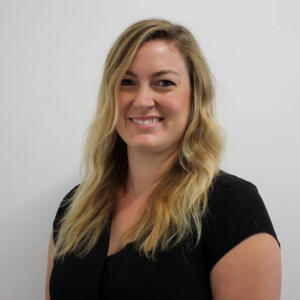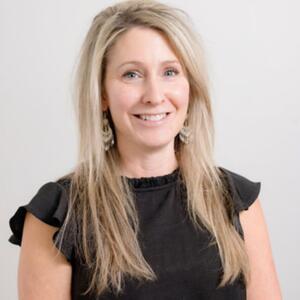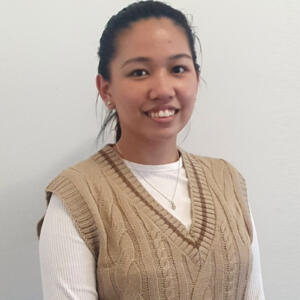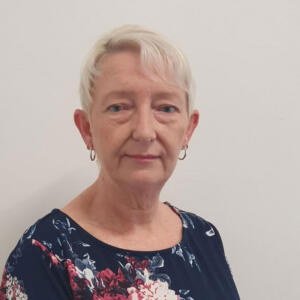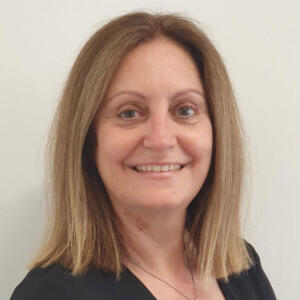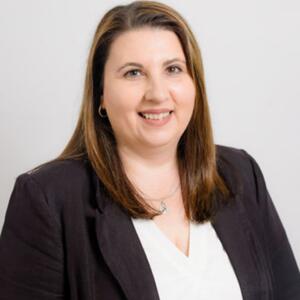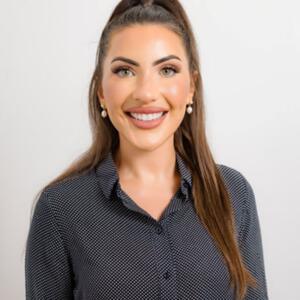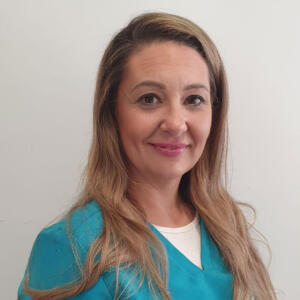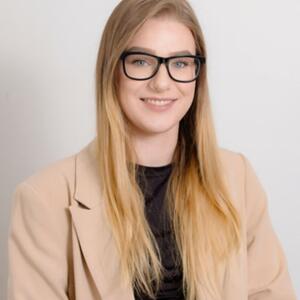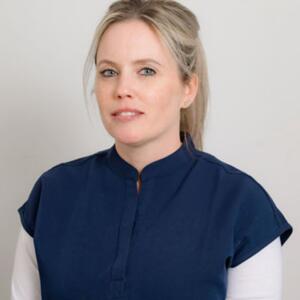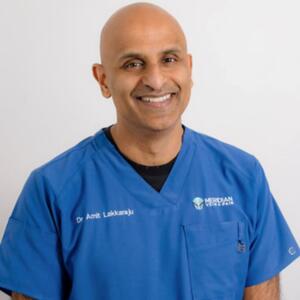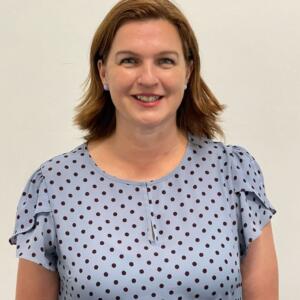Treatment for small spider veins through to large varicose veins
Leg vein treatments
Our clinic has been treating leg veins in Geelong since 1991. Book in for a thorough assessment and plan to treat your leg veins. Walk in – walk out, non surgical treatments are available to remove leg veins and prevent vein complications. We have both GP doctors and vein specialists onsite.

Not sure what treatment is for you? Explore by condition
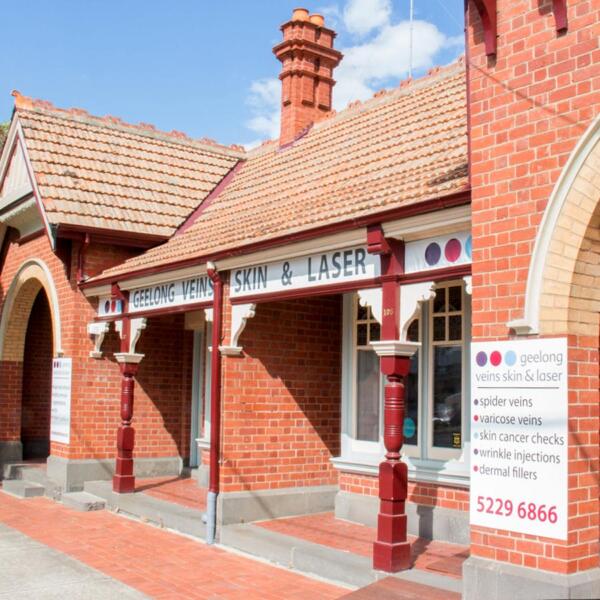
The GVSL difference
At Geelong Veins Skin & Laser we provide complete care of you as a patient and your medical concern. You may see one, or several of our team in any consultation. We work together with expertise in general practice, radiology, vein specialties, dermal therapy, skin cancer medicine, vein / skin and cosmetic nursing to provide you with a treatment plan that will lead to safe and effective results.




